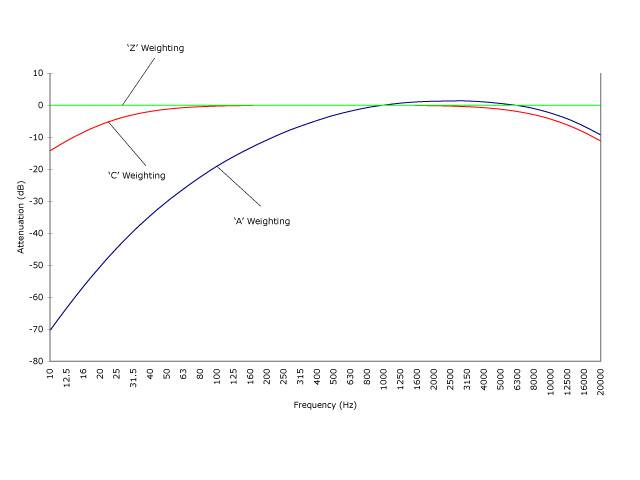To visualize the antigen, one must:
1) Collect and fix tissue
2) Section tissue
3) Antigen Retrieval (if necessary)
4) Block Endogenous Enzymes
5) Incubate with a Primary Antibody
6) Incubate with a Secondary Antibody
7) Reveal the reaction with a reporter molecule
Lets explore these steps a little more:
1) Collecting and fixing tissue involves removing the desired tissue and using a chemical agent to preserve the tissue from decay. In immunohistochemistry, paraformaldehyde is often used to fix tissue because paraformaldehyde creates cross-links between proteins. Besides instilling mechanical stability in the tissue, it is also believed that the cross-links between proteins serve to trap other molecules that may be of interest (e.g. nucleic acids).
2) Sectioning tissue can be accomplished using a number of different methods. Common techniques involve embedding tissue in paraffin blocks, or embedding tissue in a freezing medium before slicing the tissue. When conducting frozen sectioning, it is often necessary to cryo-protect the tissue prior to sectioning. Sucrose is used as a common cryo-protectant as it is able to partially dehydrate tissue and prevent the formation of ice-crystals as the tissue freezes. Tissue is typically left in a 20-30% sucrose solution until the specific gravity of the tissue and the solution are approximately in balance, causing the tissue to sink. Sectioning then involves freezing the tissue by surrounding it with OCT or another freezing medium and using the freezing components of a microtome of cryostat to slowly freeze the tissue. A steel knife mounted on the sectioning apparatus is then used to repeatedly cut sections of a desired thickness.
3) For some staining techniques, antigen retrieval is necessary or can improve the quality of staining. This process involves specialized reagents that can break the protein cross-links that have been formed by paraformaldehyde (or other fixatives) and uncovering biding sites that might have been hidden by these cross-links.
4) Endogenous peroxidases can exist in many cells or tissues. If present, peroxidases can result in a large amount of background staining that will not be specific to the antigen of interest. One can test for the presence of endogenous peroxidase activity by incubating tissue with a DAB solution. If the tissue turns brown, then the tissue contains endogenous peroxidase that that must be blocked. Typically this type of blocking is done by exposing the tissue to a hydrogen peroxide solution. This reaction causes the irreversible inactivation of endogenous perodidase.
It is also necessary to ensure that the antibody for one's target antigen does not bind to non-specific binding sites. To do this, these non-specific binding sites are saturated using a blocking agent. Blocking agents like goat serum or BSA bind to portions of tissue with a net positive charge or portions that are hydrophobic. Without blocking, these areas would also serve to attract and bind most primary and secondary antibodies.
5) The next step in staining for a specific antigen is to incubate the tissue in the primary antibody. This is as simple as diluting the antibody to a specific concentration and then allowing the tissue to agitate for a specified period in order to allow the primary antibody sufficient time to bind to the antigen sites.
One common question related to this form of blocking is how it is possible to block all of the non-specific sites on tissue and not block binding sites for our antigen of interest. The answer to this is actually quite simple: blocking buffers do in fact block antigen binding sites, but the types of bonds formed by the blocking buffer are very weak and can easily be reversed. Therefore, the high antibody-antigen affinity will always prevail over the bond between the blocking buffer and the antigen.
6) Similar to incubation of the primary antibody, tissue subsequently needs to be incubated with the secondary antibody. The secondary antibody is designed to bind to the primary antibody. Generally, this is accomplished by creating a secondary antibody that has been raised against immunoglobulin (IgG) for the species from which the primary antibody was derived.
7) The final step in an immunohistochemistry protocol is generally to reveal the antigen binding sites using a reporter molecule. For fluorescent IHC, it is often the case that a fluorescent tag will be incorporated with the secondary antibody. Alternatively, signals can be further amplified by binding biotin molecules or an avidin-biotin peroxidase complex. The peroxidase in the complex is then revealed using DAB (3,3'-Diaminobenzidine). The oxidation of peroxidase using DAB and H202 results in formation of a free radical intermediate which polymerizes to form a brown stain. This reaction can also be turned black via the addition of Nickel to the reaction.

